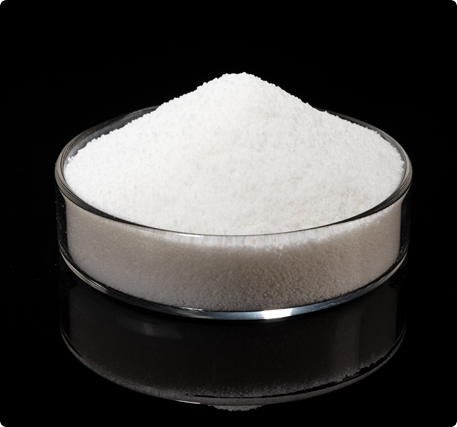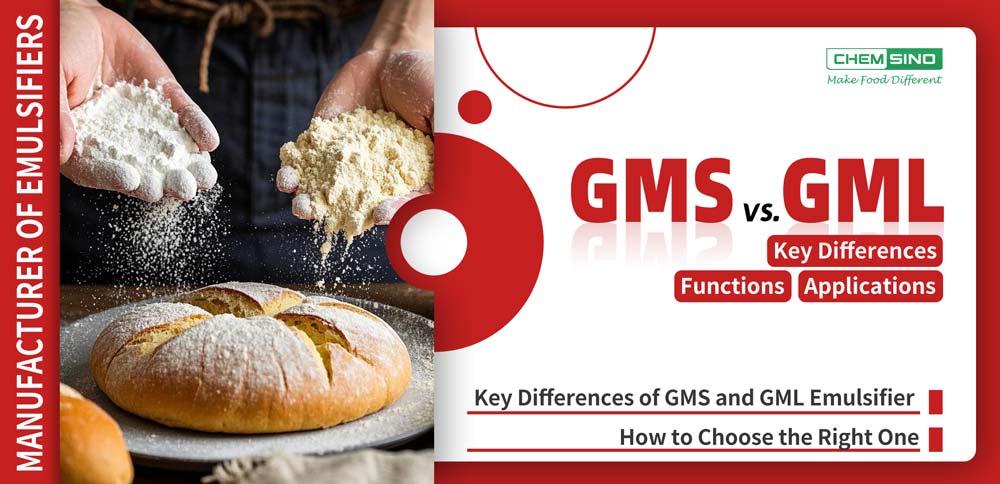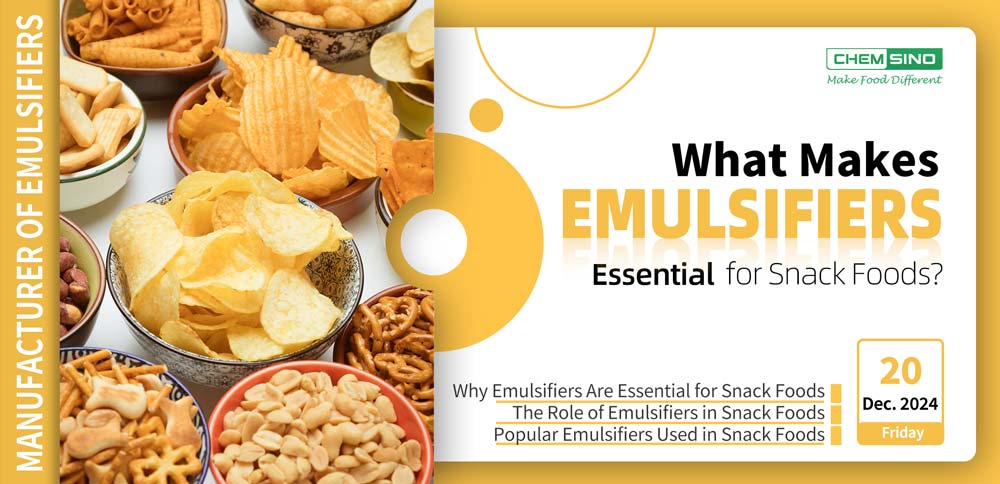What is Polysorbate 80 (E433) and Its Uses
19 Apr 2024
Polysorbate 80, or tween 80, is the abbreviation of “polyoxyethylene sorbitan monooleate”, is a synthetic compound derived from the esterification of sorbitan with ethylene oxide. It belongs to the polysorbate family of surfactants, which are widely used as emulsifiers, solubilizers, and stabilizers in various industries, including food, pharmaceuticals, cosmetics, and personal care products. This article will provide a comprehensive overview of polysorbate 80, including its specifications, structure, properties, features, and uses.







 and Its Uses.jpg)


